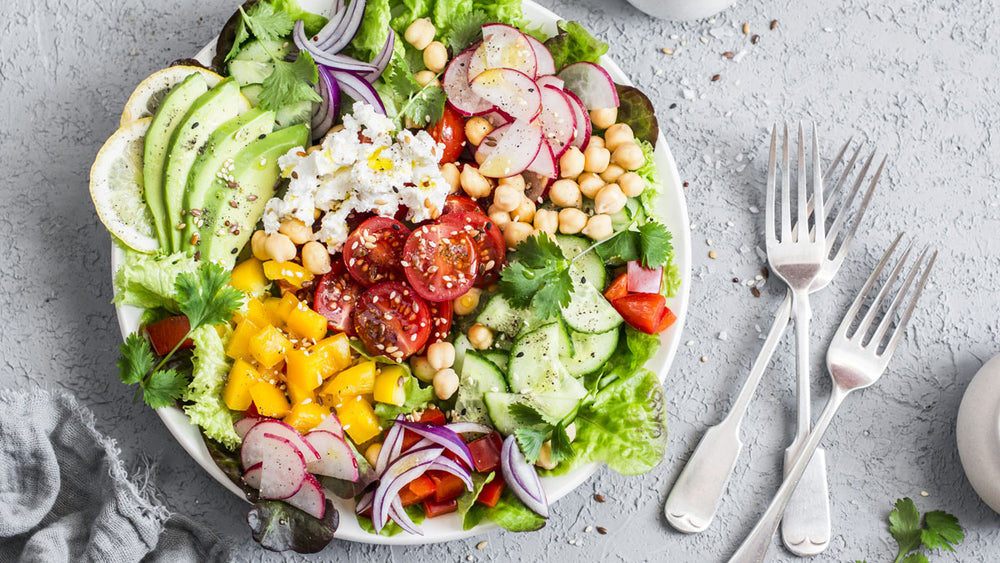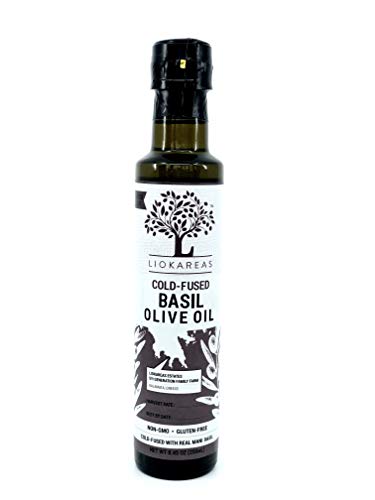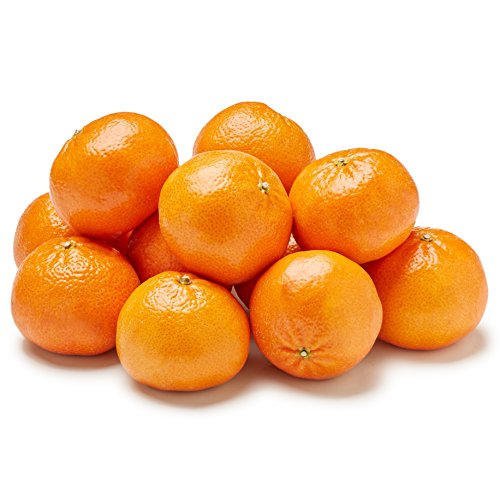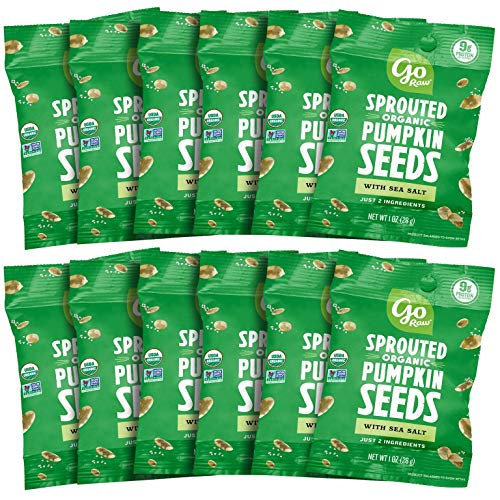You can jazz up your salad game so that no one will be disappointed at the next potluck.
Why are salads the only gluten-free option offered at a potluck, by the way?
“I’m so glad you came! We’re having homemade Philly cheese subs, onion rings, and cake, but we made YOU this boring salad. Cheers!”
Not anymore! I’ve collected my favorite ideas for delicious and scrumptious salads that will liven up your summer. Salads are just mixtures of ingredients, usually served cold, and there are so many options to make them memorable.
To make a gratifying salad that will excite even your gluten-eating friends, start by including these four characteristics:
- Texture.
- Balance of acid and fat.
- Color and freshness.
- Alert the senses.
Texture
Most people think of salads as crunchy, chewy, and full of fiber, but when you combine a variety of textures, you have a more exciting salad.
Some of my favorite ways to jazz up the texture with crunch or chew for my salads are combining green leaf lettuce with a freshly toasted nut or some crunchy seeds and adding some colorful seasonal vegetables. Make sure you pay attention to what ingredients need a little prep work.
Citrus fruits should be peeled; for example, pastas should be precooked, and nuts should be shelled. Don’t put anything in your salad that you wouldn’t actually want to eat. Cook some shell pasta noodles and add them to your tuna salad next time. It adds a nice chewy texture.
My favorite ingredients to add texture to salads: pumpkin seeds, sunflower seeds, cooked corn kernels, black beans, broccoli slaw, raisins, cranberries, toasted almond slices, roasted walnuts, sauteed pine nuts, thinly sliced radishes, fresh cucumber or dill relish, wasabi peas, chickpeas, crisp warm bacon, blanched broccoli crowns, celery slices, and even chips.
Fat and Acid
Would you like to know the secret to a perfect salad dressing?...
The key is balancing the fat and acid just right. Combining your fat and acid in a 3:1 ratio will make you most successful with your homemade dressings. You’ll also be more successful using an emulsifier like mustard to keep the fat and acid combined, especially if you’re making the dressing to serve on the side. My favorite options for flavor and appearance are Dijon-style mustard or whole-grain mustard.
Also, keep in mind what temperature salad you’re serving. If you are serving a wilted spinach salad with a warm bacon vinaigrette and spicy, crisp red onions, then some of the bacon fat could be used. If you’re serving a cold and crisp romaine salad, you may not want to use any bacon fat because it will solidify at room temperature (or colder). Plant oils are the best option for dressings for cold salads.
While some may fear fat in a salad because it contains nine calories per gram, fat is important for helping you taste all the flavors. The fat in the ingredients, or salad dressing, coats your tongue to allow the flavors to spread over your taste buds. You might even absorb more of those essential fat-soluble vitamins from the vegetable ingredients if you include some fat. Fat brings flavor, and melted fats bring aromas that please our sense of smell.
My favorite acids and fats for my homemade dressings:
Acids: lemon juice, champagne vinegar, apple cider vinegar, orange juice, local balsamic vinegar, red wine vinegar, mandarin oranges, pineapple, heirloom tomatoes, Worcestershire sauce
Fats: olive oil, grapeseed oil, canola oil, avocado, hard-boiled eggs, bacon (let’s mention it again), kalamata olives, tahini (sesame seed paste), toasted walnuts, pesto, parmesan cheese, Manchego cheese, goat cheese, dairy free plain yogurt, or dairy free heavy cream. [The cheeses mentioned are naturally low in lactose, which may be better tolerated by someone who lives with symptoms of IBS or lactose intolerance.]
Colorful ingredients and freshness.
Look for greens that are crisp and keep them cold during preparation. Celery should be standing tall and snap when you break it. “Wilty” celery makes for a sad salad. And while an all-green salad can be fun for Saint Patrick’s Day, salads are more appealing if we see a rainbow of colors. The bright colors in whole food plants represent all the powerful antioxidants and valuable vitamins and minerals found in them, not to mention they taste good. The phrase, “We eat with our eyes,” is true when it comes to making a good salad.
Alert the senses.
Include ingredients you can smell, like fresh chopped basil or roasted garlic. Enhance the variety of flavors with sweet, bitter, salty, sour, and spicy ingredients. Adding red wine vinegar can add an element of sweetness and sourness without adding any sugar. You can also add local honey or maple syrup as your sweet ingredient. Caramelized onions can be added to a dressing for sweetness. Mustard, parmesan, or various nuts like walnuts entice our bitter sense. You can combine sweet, spicy, and bitter all together by roasting some cashews after you toss them in a bit of honey, cayenne pepper, canola oil, and salt. Toast them in the oven until golden (Don’t forget to grease the pan).
You will also appeal to your sense of smell with foods like red onion, tomatoes, dried sage, lemon thyme, or fresh parsley. I love to include my favorite herb mixture: herbs de Provence for an everyday dressing that’s good on most green salads. Combine your fat and acid (3:1) ¾ cup light olive oil, ¼ cup apple cider vinegar, add an emulsifier (1 tsp Dijon Mustard), ½ tsp salt, 1 tbsp herbs de Provence. Give it a shake in a Mason jar and enjoy it over fresh salad greens with any of the crunchy or chewy additions mentioned above.
These four essentials will drastically improve a mediocre salad. Make your next salad memorable and worth repeating!
- What kind of mustard should be used in a Vinaigrette?. Cook’s Illustrated. (n.d.).

















Comments
Join The Conversation...